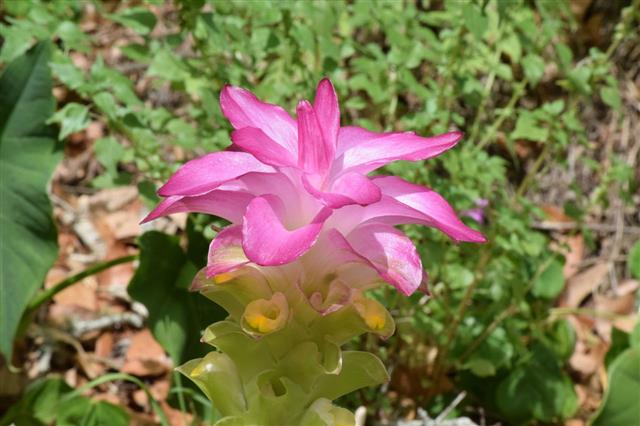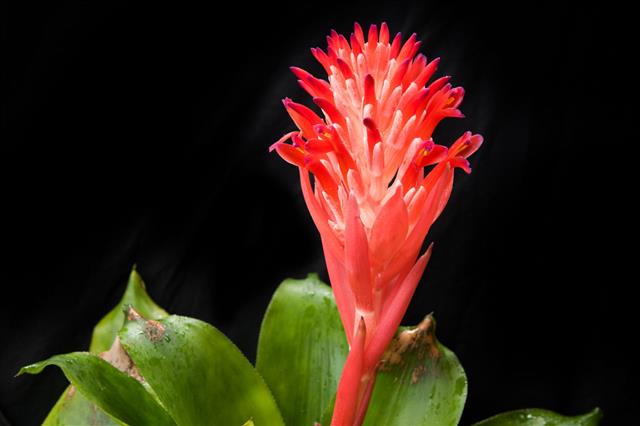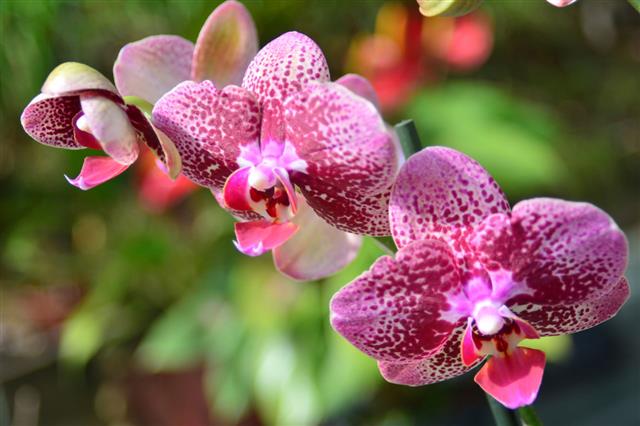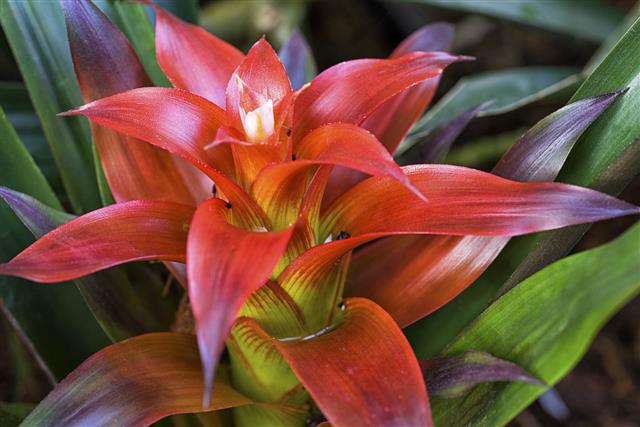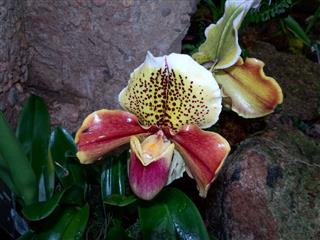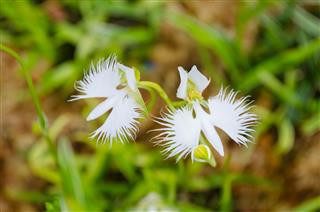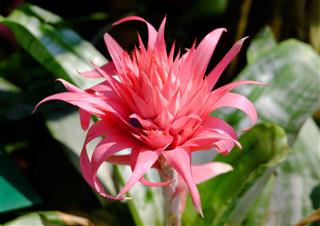
The Amazon rainforest is home to a wide variety of plants and animals. It spreads over 2 million square miles on the earth’s surface and spans over 8 South American countries. It rises and falls over 30 feet every year. There are many plants and trees that grow in this forest that are known to have anti-cancer properties.
About a third of the world’s species of plants and insects are found in Amazon. The plants and animals found here are dependent on each other for survival. When a particular plant species in any rainforest, not just Amazon, is destroyed, the animals thriving on it are left homeless. They cannot proliferate and so, face the threat of extinction.
The rainforest of Amazon helps maintain oxygen content in the air all over the world, but large-scale deforestation has wiped out a large area of it. This has led to increase in the percentage of carbon dioxide, carbon monoxide, and other harmful gases around the globe which has made our planet hotter and contributed to the greenhouse effect.
The flora of Amazon are a great source of many useful herbal medicines. Scientists have also found that the trees of this forest hold the key to cure cancer and perhaps even AIDS. The medicines that we use everyday, like aspirin or painkillers, and those used for the treatment of heart ailments have compounds extracted from these plants.
The Amazon Rainforest Ecosystem
The rainforest climate is very hot, wet, sticky, and humid because of the rain that starts and stops quite suddenly. The soil is also poor. The rainforests of Amazon receive convectional rainfall. It means that sun heats the ground, causing the water to evaporate. Then this evaporated water condenses to form clouds and it rains. What goes up, comes down and what comes down, goes up again!
The strange climate of Amazon has led to many adaptations in plants. The emergent layer consists of tall trees that attain a height of 40m which helps them get sunlight. The rainforest plants and trees have downward curving tips to help drip off the rainwater. The tress are straight with branches only at the top. They are supported by buttress roots. The Amazon river tends to flood every few months, so the plants have also adapted themselves to prevent drowning.
Layers of Amazon Rainforest
♣ Forest Floor: This is the bottom-most layer and most of the decomposition of biological matter takes place in this layer.
♣ Understory: The leaves of plants growing in this layer are very large as they try to capture every bit of the little sunlight that reaches this layer.
♣ Canopy: The canopy layer creates a maze of branches and leaves. It also helps protect the lower layers.
♣ Emergent: Very large trees that can grow above the height of 200 feet form the emergent layer.
Plants Found in the Amazon
There are over 2,000 bromeliad species in the Amazon rainforest. The most common bromeliad species is the tropical fruit, pineapple. You will find a variety of colors like purple, blue, orange, and red in bromeliad plant species. They are found growing all over the rainforest on rocks, in soil, and a few grow on other plants and tree trunks. These are life-sustaining plants, as their leaves overlap each other and store rainwater.
The heliconia flowers are also known by many other names. These names include wild plantain, lobster-claw and false bird-of-paradise flowers. These flowers come in many sizes and colors and are shaped in such a way, that only a few birds can reach them for nectar. They are found in a rainbow of colors, patterns and sizes, making them popular decorative flowers around the world.
The giant of the Amazon rainforest that can grow up to 200 feet high and 9 to 11 inches in diameter, the Kapok tree is a very important plant species, as it houses many species of plants and animals. You can find over 400 to 5000 fruits produced by the Kapok tree at one time. The Amazon rainforest kapok tree is used by the native people for its bark, resin, seeds, and leaves. It is known to help treat fever, asthma, kidney diseases, and dysentery.
Orchids are known for their beauty and strong fragrance. You will find hundreds of orchid species in the Amazon rainforest. They are known to survive for long periods without water. They produce hundreds and thousands of seeds that are carried by the wind throughout the forest for propagation.
Nymphaeaceae is a family of flowering plants, commonly referred to as water lilies. The largest species of this family is Victoria amazonica, which is found in the rainforests of Amazon. These plants have very large leaves, a long stalk, and large flowers that float on the water surface.
The white trillium (Trillium grandiflorum) flower has three petals, three sepals, and three leaves. Chewing on the leaves of this plant is known to help cure a snakebite. If a woman in labor chews on the petals, it helps ease childbirth, and chewing on the sepals helps in curing fever.
The coca plant is one of the most widely used plants in South America. It is said that chewing the leaves will help treat a headache and prevent tiredness. It is also used to relieve sickness, hunger, fatigue, and even aches.
Castor beans are used to help relieve constipation, but they are also very poisonous. Thus, their use has been minimized. Castor oil is used as a lubricant, lotion for dry skin, dermatitis, sunburn, open sores, etc.
The trumpet tree belongs to the genus Tabebuia which contains about 100 different species of trees. This is a flowering tree that produces flowers in large, dense clusters. It is an attractive tree with flowers in the shape of a trumpet, thus the name. The indigenous people of Brazil use the roots of this tree to cure wounds. The leaves are boiled down to a poultice and used to treat inflammation. Tea made from the leaves is also used to treat respiratory ailments.
Strangler fig is a common name that is used to describe many plant species of related banyans and unrelated vines. These include Ficus aurea, Ficus obliqua, etc. These trees are named so due to their ‘strangling’ growth habit. These trees grow in the dark forests and begin life as epiphytes. They use the host plant for support and as they grow they tend to kill the original tree. Thus, you may find that many of these trees have a hollow central core.
Adaptations
♣ Since evaporation of moisture is not a concern in rainforests, considering the high levels of humidity present at all times, the barks of trees growing in these regions are thin and smooth. This also makes it difficult for creepers or other plants to grow on these barks.
♣ Sunlight rarely reaches the ground in rainforests because of the thick canopy of leaves overhead. This makes it difficult for the plants in forest layer (i.e., the bottom-most layer) to absorb sunlight necessary for photosynthesis. To overcome this difficulty, some vines have adapted themselves so that their roots are in the ground and leaves drape the forest canopy. These vines are known as lianas. Some lianas even start their life in the canopy and send roots down to the ground later on. These vines also provide bridges between the forest canopy for arboreal animals. They also protect weaker trees from strong winds prevalent in the higher reaches of the forest. The most common lianas found in the Amazon is Entada gigas (Monkey Ladder).
♣ Epiphytes have tackled the problem of lack of sunlight below canopy layer by adapting themselves to grow on trunks and branches of other trees. These types of plants, even though they grow entirely on other trees, are not parasitic. They derive their moisture and nutrients from air, rain, and sometimes from the debris that is accumulated around it. Some of the common examples of Epiphytes are orchids, bromeliads, ferns, and the Philodendron family. Some small epiphytes known as Epiphylls also live on the leaves of other plants. Mosses, lichens, and liverworts are some of the common examples of the same.
♣ Leaves of trees/plants in rainforests have a narrow drip tip, an adaptation to the high levels of rainfall. This leaf structure makes it easy for water droplets to drip off quickly, as the accumulation of moisture/water on plants may result in bacterial or fungal growth, abated by the warm climate. For the same reason, leaves and flowers also have a waxy coating over them.
♣ Roots of tropical trees do not go too deep into the ground, as water is abundantly available even at shallow depths. However, this results in an instability, especially in very tall trees in the canopy and emergent layers. To overcome this problem, tall evergreen trees in rainforests have buttress trunks near the base, which blend into the main trunk at as high as 30 feet from the ground.
♣ To overcome the above-mentioned problem of instability due to shallow root systems, many tropical trees have prop and stilt roots. These are roots that start growing from the tree trunk above the ground and reach into the soil away from the tree. These provide extra support to the trees and are characteristic of tropical palm trees. This phenomenon is also observed in mangrove plants or plants growing alongside water bodies where the soil is wet and unstable, and the ever-present tides may wash the plants away otherwise.
♣ Bromeliads, which are almost exclusively found in the Americas, grow in the ground or on the branches of other trees. Their leaves form a vase-like structure that can hold up to 12 gallons of water which supports a small, but thriving ecosystem of bacteria, protozoa, insect larvae, small crustaceans, tadpoles, birds, frogs, and salamanders. Bromeliads absorb water from this vase structure through hair on their leaves. Some of the commonly found bromeliads are pineapple, Tillandsia usneoides, and Billbergia pyramidalis.
♣ Nepenthes, more commonly known as pitcher plants, have leaves that form pitchers filled with sweet or foul-smelling nectar. Insects are attracted towards this smell and fall into the pitcher by losing their grip on the slick sides, which are then digested by the plants to get nutrients. These plants are not epiphytes but climbers rooted in the soil. The interesting part is that many organisms, called Nepenthebionts or Nepenthes infauna, inhabit these pitchers and eat the insects that fall inside. It is not yet understood whether these organisms live in the Nepenthenes symbiotically or parasitically.
♣ Flowers growing in the forest layer of rainforests are brightly and attractively colored so as to attract potential pollinators, since there is almost no wind in this layer which can carry pollens and aid in pollination.
♣ Nutrients are found only in the upper layers of the soil in rainforests, since these come into the soil by decomposition of leaves. Plants have shallow roots so that they can capture these nutrients in the top layers of soil.
♣ Plants in the understory layer of a rainforest have very broad leaves to help them capture every bit of sunlight that reaches them. The common examples of this phenomenon are palms found in rainforests.
Rainforest Trivia
♣ More than two-thirds of world’s plant species are found in the Amazon rainforest.
♣ The size of a football field is the area of the rainforest that is destroyed every second by excessive mining and deforestation.
♣ The giant bamboo grass can grow up to 9 inches a day.
♣ A rain drop takes about 10 minutes to reach the ground in Amazon, as the canopy layer of the rainforest is densely packed.
♣ Algae can grow over a sloth’s fur, as it moves very slowly in the moist rainforest of Amazon.
♣ There are over 8,000 species of rainforest plants in Central Africa.
♣ About 80% of the flowers in the Australian rainforests are not found anywhere else in the world, i.e, they are endemic.
♣ 1 out of 4 ingredients used in making medicines is extracted from the plants of this ecosystem.
♣ The Amazon rainforests are known as the ‘Lungs of Earth’.
♣ In a four square mile patch of the rainforest, there are as many as 1,500 flowering plants, 750 species of trees, 400 species of birds, and 150 species of butterflies.
♣ Of the original 6 million square miles of tropical rainforest existing worldwide, only 2.6 million square miles remain today. This fall in their numbers is due to excessive deforestation.
The Amazon rainforest is fast disappearing due to excessive deforestation. It helps give us many useful products, but we should give it a chance to grow. We should not be blinded by the profits we make from cutting trees. There are many plants and animal species that are found only in the Amazon rainforest. If we do not save the plant life thriving there, they will be lost forever to the mankind.
There were over 6 million indigenous people living in the Brazilian Amazon in 1500 AD. By the 1900s, less than 250,000 indigenous people were left living in the Amazon. We need to wake up before it is too late and the Amazon is no more.


